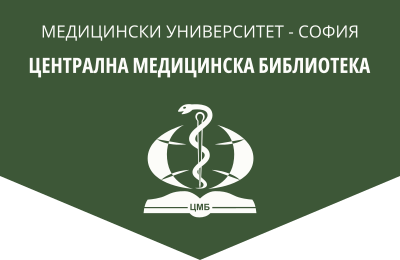Severe septic complications after perforation related to endoscopic retrograde cholangiopancreatography and papillosphincterotomy – causes of increased mortality
Medical Review (Med. pregled), 2024, 60(6), 34-42.
Y. Asenov1, G. Jelev1, D. Peichinov 1, B. Kunev1, I. Vasilev1, B. Vladimirov2, B. Golemanov2, N. Penkov1
1 Department of Surgery, University Hospital „Tsaritsa Yoanna – ISUL“, Department of Gastroenterology of Medical Faculty, Medical University of Sofia
2 Department of Gastroenterology, University Hospital „Tsaritsa Yoanna – ISUL“, Department of Gastroenterology of Medical Faculty, Medical University of Sofia
Abstract. Background: Endoscopic retrograde cholangiopancreatography (ERCP) is an essential diagnostic and therapeutic method for many biliary and pancreatic pathologies. Despite the accumulated experience and established principles, the method is still associated with severe complications that can lead to death. The present study aims to make a literature analysis and investigate our clinic experience to suggest the most appropriate treatment strategy for patients in need of surgical treatment due to complicated perforation after ERCP and papillosphincterotomy. Material and methods: A retrospective study was conducted for the period 2012- 2023. The selection included twelve patients aged 27-72 years who underwent surgical treatment because of the complicated course after ERCP. In addition, a detailed literature review was performed by searching the publications on the topic in PubMed, EMBASE, Web of Science and Google Scholar. Results: Intra- abdominal perforation was found in 3 patients, and in the remaining 9 – the lesion was extraperitoneal. All patients have complicated postoperative courses. Fatal outcome was observed in 5 cases, and the main reason was the progressive septic condition with multiorgan failure. Discussion: According to literature data, the morbidity due to ERCP varies between 5.4% and 23%, and the overall mortality is 0.1-1%. Due to the low incidence of complications, there is no world-renowned treatment guideline. The main problem remains the decision of when to proceed to surgery. Conclusion: An individual approach is crucial and must be based on the assessment of the general condition of the patient, data from instrumental tests and monitoring of hematological parameters.
Key words: ERCP, papillosphincterotomy, perforation, acute pancreatitis, sepsis, hemorrhage
Address for correspondence: Yavor Asenov, MD, e-mail: yavorasenov@gmail.com, ORCID: 0000-0002-4005-5570
